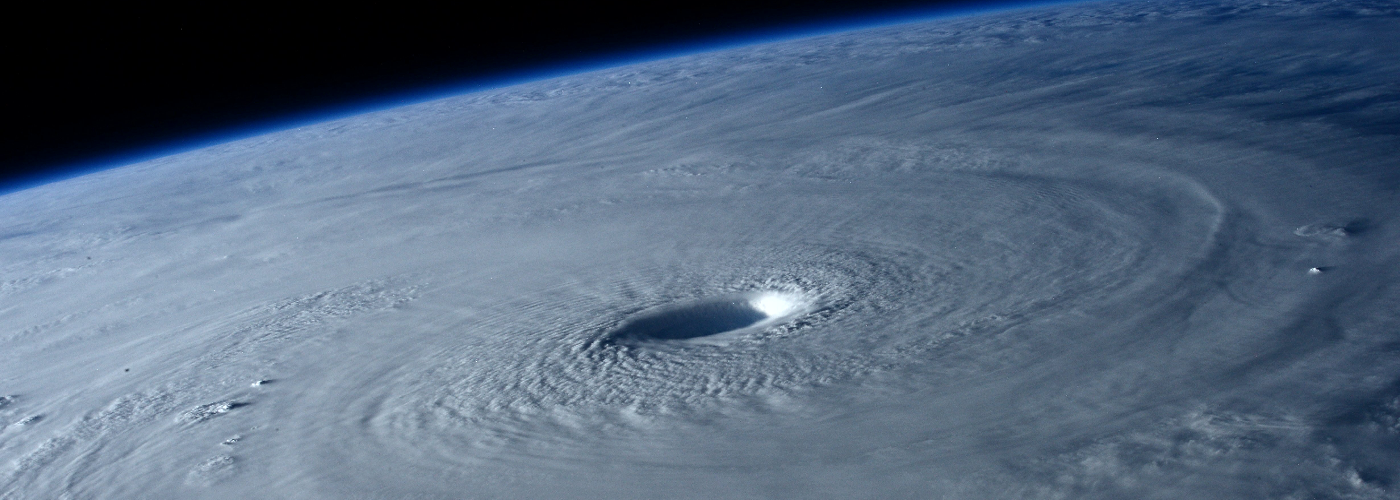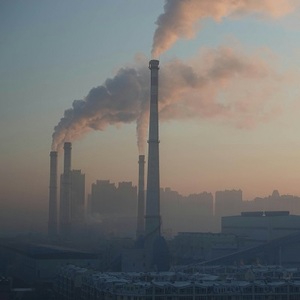

For this 2025 Atlantic hurricane
season, which started on June 1st, the National Oceanic and
Atmospheric Administration (NOAA) is predicting an above-average number of named storms, with their projection sitting at 13-19 tropical storms or hurricanes. The average number is 14 per season
for the Atlantic basin. This predicted above-average season comes
after a 2024 Atlantic hurricane season which brought 18 named storms. Is this a trend we can expect
to continue in the future, especially with average global ocean
temperatures on the rise? According to a 2020 study from researchers at NOAA, the global average of tropical cyclones is actually
projected to decrease through the end of this century.
As
global sea surface temperatures continue to rise, the fuel source for
tropical cyclones, the water vapor that evaporates off the warming
ocean surface, is expected to become richer. However, an increase in
greenhouse gases is also warming the upper atmosphere, at the same
time that the sea surface is warming. This tends to create a more
stable atmosphere, less conducive to tropical cyclone formation.
According to the climate models used by the team from NOAA, this
stabilizing influence of increasing levels of greenhouse gases on the
atmosphere, as a whole, will result in a decrease in the average
number of tropical cyclones from today's 86 per year, globally, to 69
per year by 2100.
Even though the concentration of greenhouse
gases has been on the rise, the levels of particulate pollution and
aerosols have been decreasing, owing to pollution control measures.
This makes the atmosphere clearer and blocks less of the incoming
sunlight, allowing more of it to reach the ocean surface, increasing
ocean warming, and creating a more favorable tropical cyclone
environment. This effect has been most pronounced over the North
Atlantic where, since 1980, the NOAA team found the greatest increase
in the number of tropical cyclones. Again, though, this trend for the
North Atlantic is expected to reverse later this century due to the
aforementioned stabilizing influence of increasing greenhouse gases.

